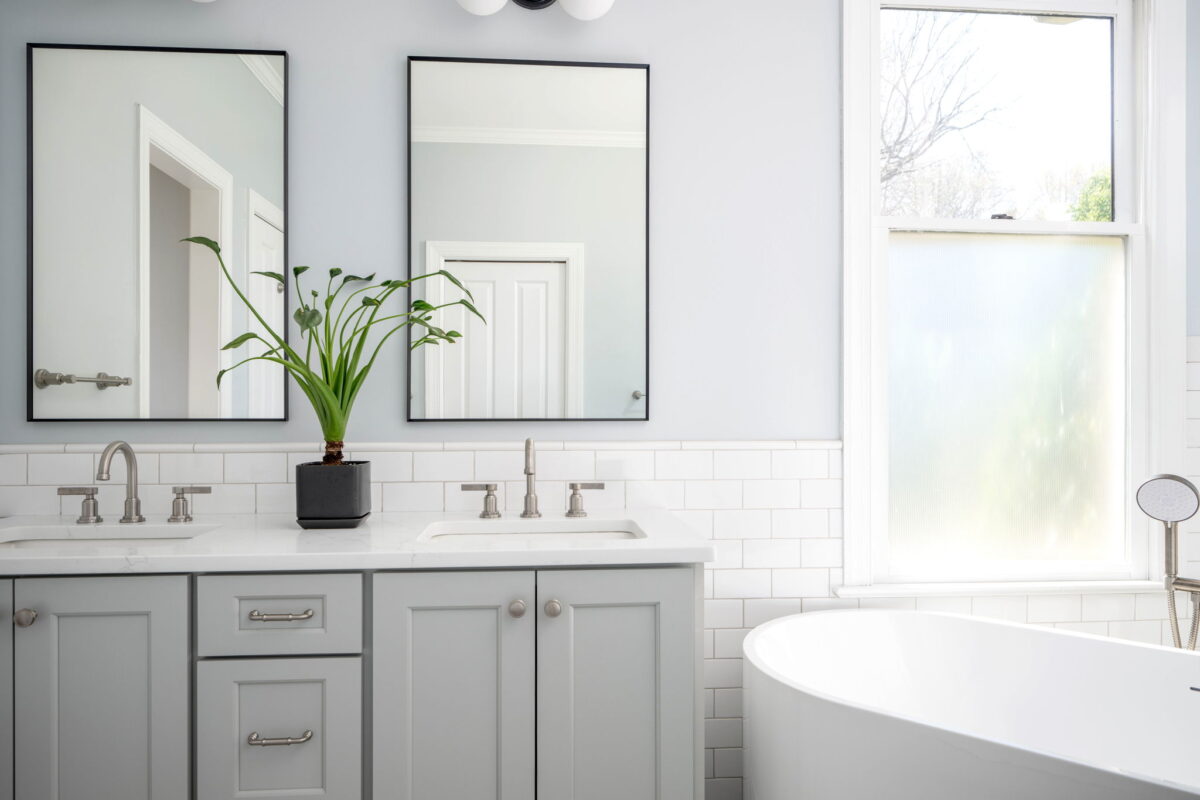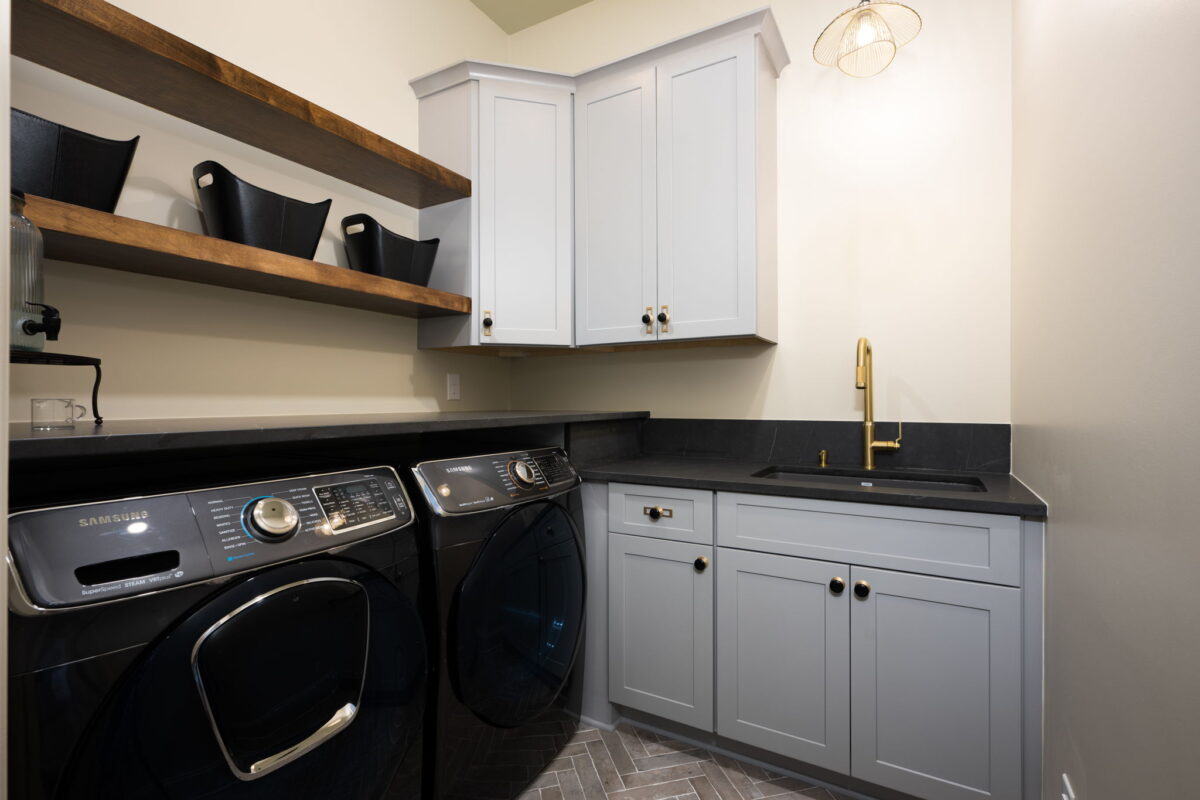Setting a Realistic Budget for Your Home Renovation
Your dream remodel can quickly become a financial headache if you don’t start by setting a realistic budget for your home renovation. Whether you’re updating a kitchen or tackling a whole home remodel, working with a professional design-build firm is the best way to plan smart, avoid costly surprises, and complete your home renovation with confidence.
Start Your Home Renovation With a Plan—and a Pro
At GJK Remodeling, we believe every successful remodeling project starts with a personal connection, not a template. When Gary Knowles founded GJK, his goal was to create a better experience for homeowners—one grounded in transparency, trust, and thoughtful guidance. That philosophy is built into every step of our process.
It begins with a phone call to discuss your goals. Then, within about two weeks, Gary will visit your home for an in-person consultation. This meeting is more than just a walkthrough. It’s a chance for us to see how you live in the space, uncover layout challenges, and offer creative ideas. For example, Gary might recommend removing a wall to open a cramped kitchen or reconfiguring the floor plan to improve flow. These insights simply don’t come across in a virtual meeting.
During that first visit, we also provide a rough ballpark budget estimate of how much your remodel could cost. These early numbers give you an understanding of what your home renovation project might cost, so we’re on the same page about priorities and investment from the beginning.
If you decide to proceed, you’ll pay a proposal fee—typically between $850 and $1,200 (as of February 2025)—which covers a custom 2-D design and a detailed proposal. This keeps the process affordable and low-risk while giving you the clarity you need to make confident decisions.
Unlike traditional design-build firms, which often require large upfront design retainers and take months before providing a final price, our process is designed to move faster and more transparently. We believe in streamlining the early stages of your renovation so you get meaningful budget insights earlier on. This philosophy helps ensure you’re making educated decisions from the start, with no surprises down the line.
We’ll also provide budget ranges for key elements of your remodel—like cabinets, countertops, electrical, plumbing, and tile—so you can make informed choices that fit your budget. From the beginning, our focus is on helping you get the design you love, at a price that works for your home and your long-term goals.
What Goes Into a Realistic Home Renovation Budget
Once the proposal phase begins, our goal is to help you understand where your money is going and how your selections impact your bottom line. That’s why we break down your home renovation budget into clear, easy-to-understand categories.
Rather than lumping everything into one big number, we show you budget ranges for major components: cabinetry, countertops, plumbing fixtures, tile, electrical work, and more. These estimates reflect your style preferences, not generic allowances. For instance, if you love the look of brushed gold faucets instead of chrome, we’ll factor that into the estimate from the beginning, so there are no surprises when it’s time to shop for fixtures.
One of the biggest advantages of this approach is flexibility. If you start with a high-end natural stone countertop but switch to a more cost-effective alternative like quartz, it’s easy to adjust. You’ll already know how much was allocated, and we’ll update your total accordingly.
This level of transparency keeps you in control of your budget, helping you prioritize where to splurge and where to save.

Why Some Renovation Projects Cost More
If you’ve ever looked at a quote and thought, “Why is that bathroom project so expensive?”—you’re not alone. Some projects are more labor-intensive than others, especially those on the second floor.
Here’s why:
- All materials must be hauled up and down stairs.
- Contractors must protect your floors, walls, stair railings, and door jambs.
- Every tile cut might happen outside or in a garage, then be transported back upstairs.
- Dust from demolition and tile cutting spreads, and full-house clean-up is often necessary afterward.
Projects that involve moving plumbing lines or wiring also add cost. In a kitchen remodel, relocating a sink or gas stove can quickly increase labor expenses. These aren’t “gotchas,” but part of the reality of quality remodeling. A good contractor prepares you for them from the beginning.

Get More Value (and Save Money) Through Economies of Scale
Sometimes, it makes sense to bundle multiple projects together rather than spacing them out over time. For instance, if you plan to renovate a kitchen, consider pairing it with a powder room or laundry room update.
Similarly, tackling multiple bathroom remodels at once can be more cost-effective than doing them separately. Bundling projects means you can share fixed costs—expenses that would otherwise be repeated in each separate job.
Fixed costs such as dumpster rentals, permits, and setup fees are incurred on any project regardless of size. When these costs are spread across several related projects, the overall expense per project decreases significantly. For example, if an electrician is already on site wiring one bathroom, extending that to a nearby kitchen or powder room makes perfect sense.
This strategic approach streamlines your project timeline and maximizes your renovation dollars. We help you identify these opportunities and bundle work intelligently.
Set Aside a Cushion and Keep ROI in Mind
Even with the best planning, unforeseen costs can pop up, especially in older homes. While we do our best to identify issues before we begin, hidden water damage, outdated electrical systems, or framing issues are often not visible until the work begins. We recommend setting aside 10–15% of your budget as a contingency fund to cover the unexpected costs without derailing your project.
It’s also important to consider the current value of your home (and neighborhood) with the return on investment. Gary notes, “Putting a $300,000 addition on a $200,000 house may not be the best use of your funds, especially if you plan to sell in the next few years.”
A knowledgeable remodeling firm will help you evaluate each decision in terms of function and financial sense so you can feel confident about where your money is going. For example, if you’re on a tight budget, we may suggest value-engineered alternatives, like updating cabinet doors instead of replacing full boxes or choosing a high-quality solid-surface countertop over quartz in a guest bath. These small shifts can make a big difference in keeping your project on track without compromising the look you want.
The Bottom Line: A Realistic Budget is the Key to a Successful Renovation
Setting a realistic home renovation budget isn’t about cutting corners. It’s about aligning your priorities with what’s possible, avoiding surprises, and getting the most out of your investment. A professional remodeling firm, like GJK Remodeling, offers more than craftsmanship.
Plan with Confidence. Connect with us to create a renovation plan that fits your life and budget—to give you a Life Remodeled.